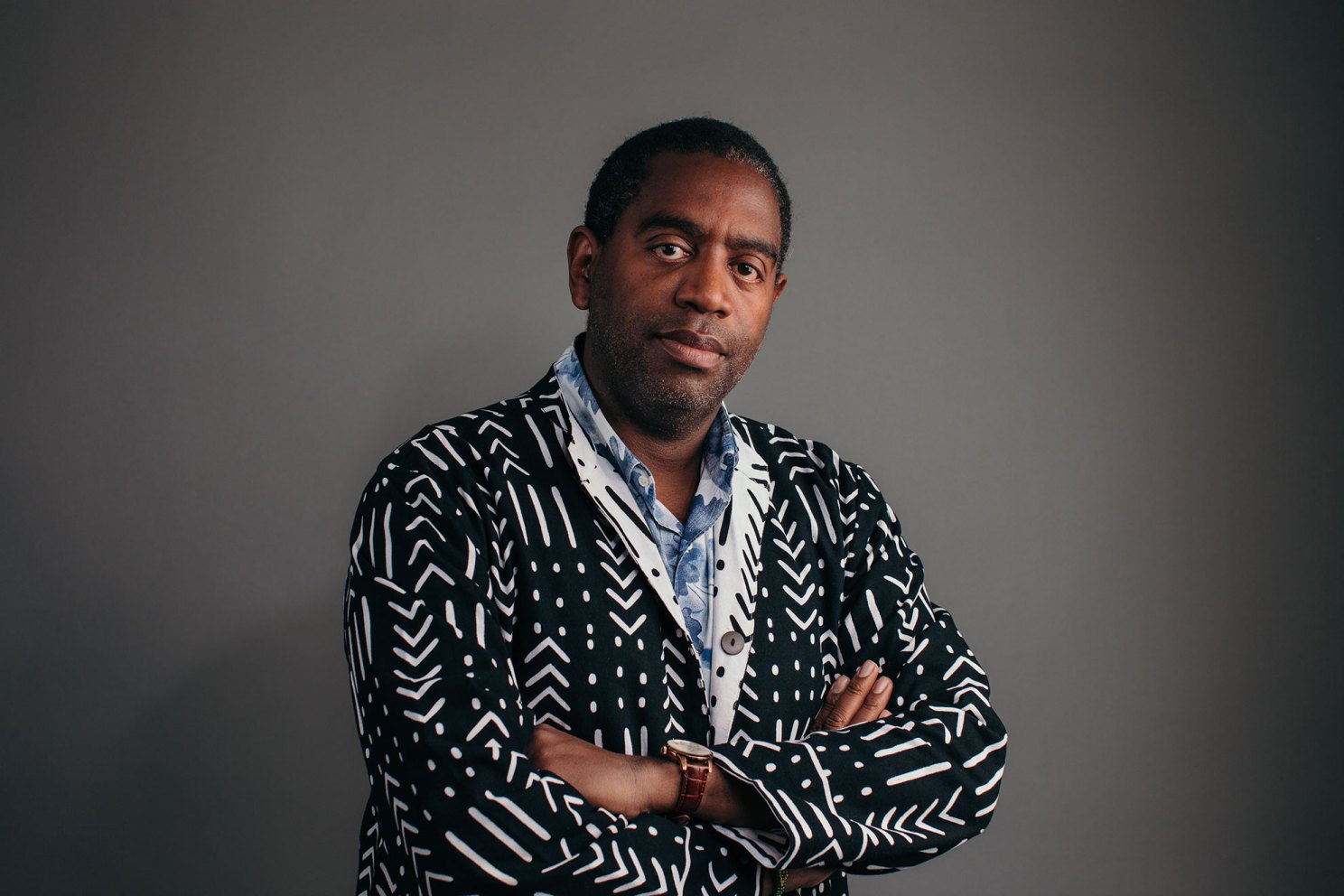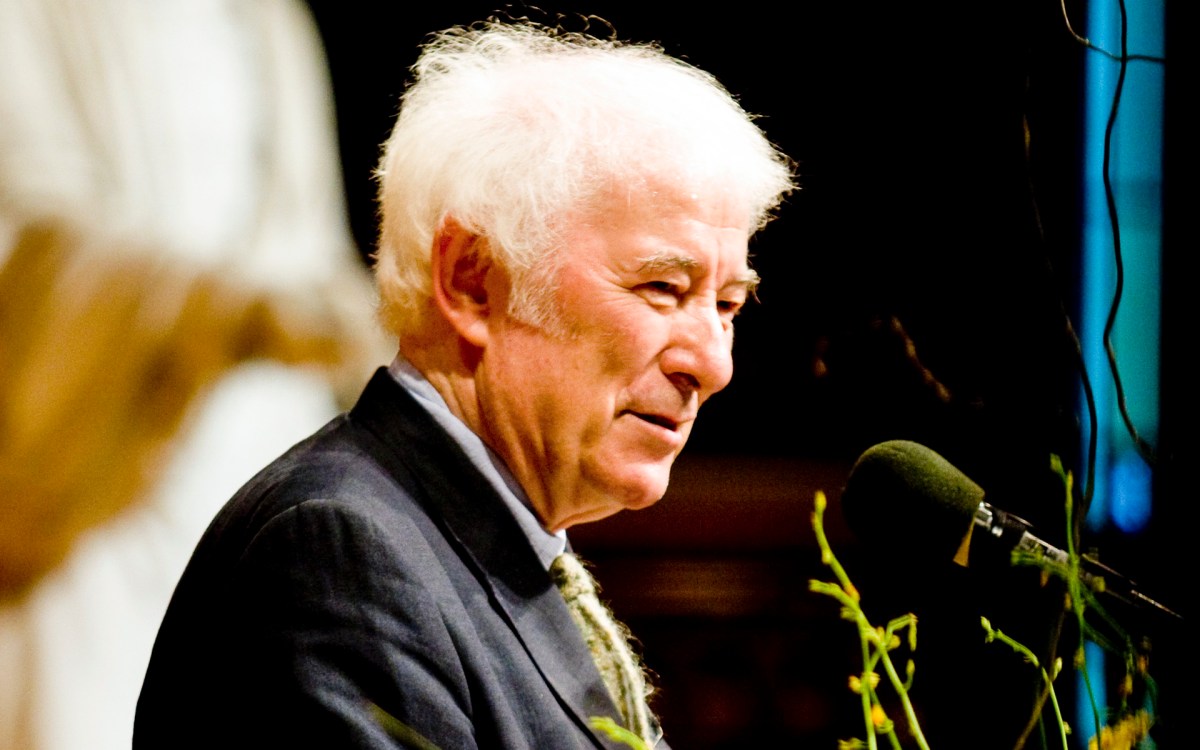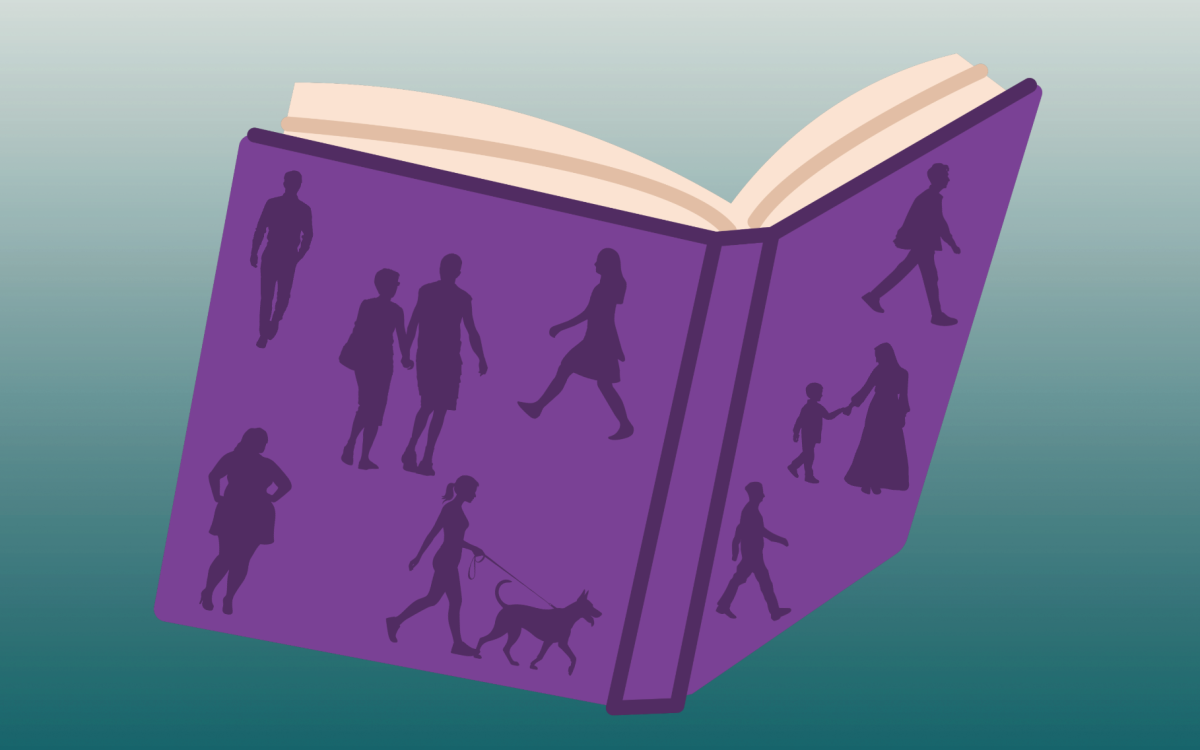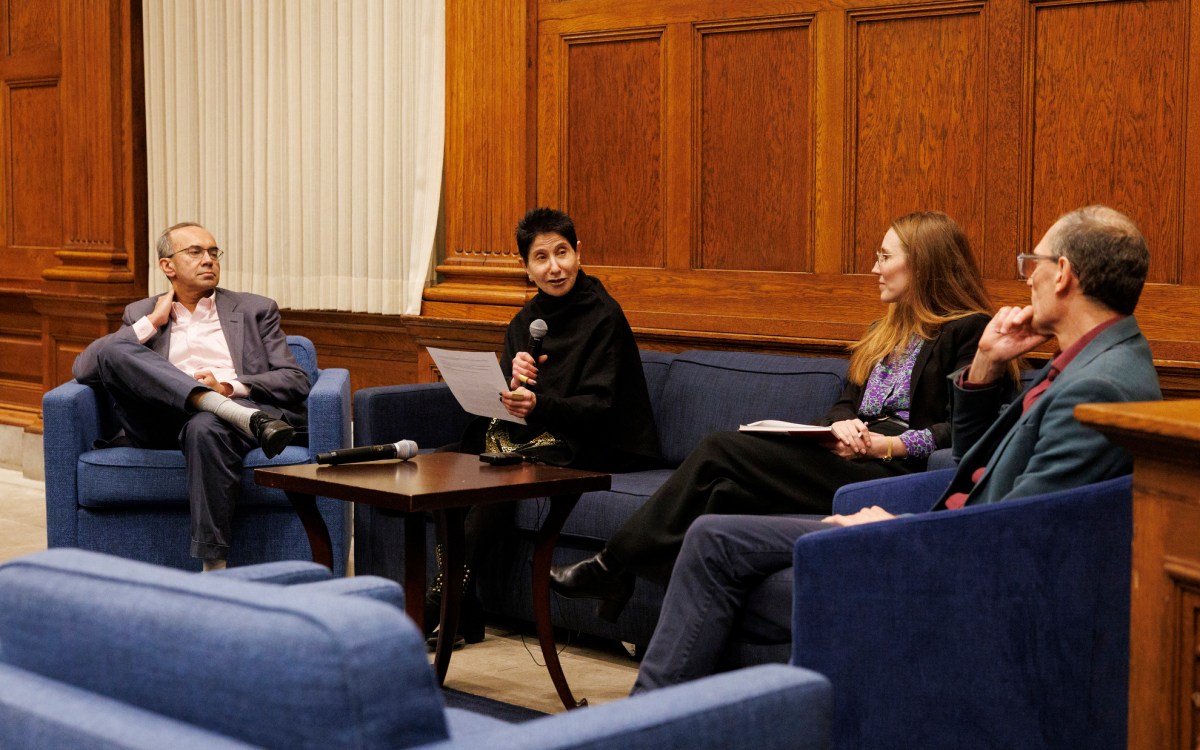Discoveries on a musical path

Yosvany Terry.
Credit: @stagetimearts
From Benin to Cuba to the Americas, Yosvany Terry sees how tradition safeguards culture and identity
During recent travels to the West African nation of Benin and to Cuba, his home country, internationally renowned musician and composer Yosvany Terry began to research the link between the musical traditions of Benin and the Caribbean.
He had the opportunity to visit with, learn from, and perform alongside musicians keeping those traditions alive. Now Terry, a senior lecturer on music and director of the Harvard Jazz Ensembles, intends to bring his findings to the classroom and his own performances, including one on May 1 as a part of ArtsThursdays.
In this edited conversation, the Gazette sat down with Terry, who shared insights into his research, the importance of expanding the arts through cross-departmental collaboration, and what he likes best about working with Harvard students.
Tell us about your most recent research project.
My research in Benin (the former Kingdom of Dahomey) in January, as well as the research I have conducted in Cuba over the years, is meant to better understand the roots of modern jazz and the impact of the African diaspora on musical traditions.
Going to Benin and visiting remote regions was an opportunity to engage with musicians, learn from them, and perform with them. I could sit with people who are steeped in this culture and its traditions. It was in those magic spaces where they shared their cultural treasures with me. These musical and cultural traditions are not often researched. My Cuban heritage and personal connections to this culture allowed me to be able to connect with the practitioners I met in Benin and to have access to the traditions they continue to practice.
West African musical and cultural traditions came to the Americas with the slave trade, and this profoundly influenced the music that grew as a result of contact with these African traditions.
As we know, slavery ended much later in Cuba than elsewhere. Slaves closely guarded their cultural traditions. Safeguarding these traditions became a part of their rebellion and a way of maintaining their cultural identity under pressure to assimilate. This movement of resistance allowed them to keep the music, dance, culinary arts, spirituality, and religious practices of the societies they came from.
What will you do with this research?
My plan is to give my students access to this primary source material. I want them to know how these traditions prevailed and were safeguarded, but also how they influenced the musical traditions of Cuba, Haiti, Brazil, and the development of American jazz. With this information we can explore how this music influences popular culture and more deeply, how it becomes part of the fabric of who we are — our identity. One of my missions as an artist and an educator is to give life to this incredible wealth of information and culture that gets overlooked. It is so much a part of our daily life, but for so many, we don’t know where it comes from.
“One of my missions as an artist and an educator is to give life to this incredible wealth of information and culture that gets overlooked.”
What impact will it have on you as a musician and composer?
As an artist, this research allows me to create a new body of work that is in conversation with these traditions. I may base new compositions on this research, or I may be inspired to create a new avenue of exploration and inquiry.
I am now working on writing an opera, which is based upon the life of the first free person of color who organized the first rebellion against the Spanish colonial system in 19th-century Cuba. It is relevant today because the core of this work is unearthing a history that has been overlooked or forgotten.
While I was in Benin, I also traveled with a friend, Davey Frankel, a great filmmaker who was filming and documenting our conversations with historians, musicians, and the people of Benin who still practice these music and cultural traditions. The hope is to create a documentary that would connect the dots between the old Kingdom of Dahomey and today’s jazz music.
As director of the Harvard Jazz Orchestra, what is your vision for students who participate in that group?
I was fortunate to inherit a program that Tom Everett founded in 1972. It became an important jumping-off point for jazz at Harvard because it created space for jazz masters to visit the University. With support from the Office for the Arts at Harvard, it grew into something that the University really embraced, naming more than 120 jazz masters.
Part of what I have done to advance the jazz program is to support the engagement of artists of Afro Latin American descent and to make this a fixture of the band. By inviting jazz masters from all different musical backgrounds, including Chucho Valdés, Angélique Kidjo, Gonzalo Rubalcaba, and collaborating with other departments, we have expanded the scope and learning of students who participate. When we bring in artists of this caliber, we get feedback that this experience “changes students’ lives” Whether they decide to become professional musicians or simply to become lifelong supporters of the arts, we have planted the seed that stays with them.
The other piece I have emphasized with the jazz program is to learn from travel. We have visited Cuba and Dominican Republic, which are countries that students may not have otherwise chosen to visit on their own. These educational trips are not centered on tourist attractions, but rather on real learning from educators and other students in these countries. Our students hear lectures from masters of these musical traditions, including jazz band directors and professors. They engage with other music students in concerts and in jam sessions. These educational trips provide unique experiences that students tell us will stay with them for a very long time.
You have participated as a performer in ArtsThursdays a few different times. How has this programming raised the profile of the arts at Harvard and in the larger community?
ArtsThursdays, an initiative of the Harvard University Committee on the Arts (HUCA), has been vitally important to raising the visibility of art-making at Harvard, not only within Harvard but beyond Harvard into our surrounding communities. It has exposed these communities to the incredible work that is done by Harvard faculty who are active artists and performers, by inviting them to free concerts. Not only does it provide unique opportunities for faculty to engage with other artists, but it inspires students to imagine new possibilities. Importantly, it encourages art creators, students and faculty, to reach out across disciplines within the University, but also to bring artists in from other communities.
I am performing at ArtsThursdays again on May 1. At that performance, you will see a direct connection to the research that I did in Benin and Cuba. It reveals the way in which an artist moves from idea to performance — you can see the full circle — artist research, art-making and creation, and then finally, performance.
In conjunction with the May 1 performance, we are planning a dance workshop to engage dance students with these musical traditions. This is an example of the way in which ArtsThursdays inspires collaboration between departments that are not always in conversation. It’s a collaboration that could grow and might show up in our curriculum or classroom teaching in the future.
What is your favorite thing about teaching at Harvard?
Harvard students are, of course, very smart students who really want to learn. They have an enormous sense of curiosity. But many come to our department without knowing very much about the music or genre they are studying. Over the semester, it is so rewarding to see them grow and at the end, it’s possible to see how these courses have transformed their understanding of jazz and its history. They have this new wealth of information that they will take with them, and they become advocates for the information they have learned.
For me as an educator and composer, I love the collaboration with my colleagues across the different departments. I imagine the things you can do with collaboration in unusual departments. For example, I am working with my colleague Demba Ba, the Gordon McKay Professor of Electrical Engineering, on how we can use AI on creative aspects of composition. We are asking the question about how we can train new models to better learn and use aspects of certain musical traditions that AI has not been able to because of the death of data — traditions from West Africa, for example. Basically, how can we teach the system elasticity? This collaboration is exciting and important.
You have been at Harvard for 10 years. What is your hope for the arts in the next 10 years?
Since 2015 I have seen a lot of changes and growth, particularly in our music department. Those changes can be seen in what was offered before and what is offered now. We have been intentional about expanding our offerings to include different musical traditions. By doing so, we are now seeing a broader group of students coming through our department.
Of course, we cannot be complacent. We must continue with initiatives like HUCA, as well as inviting visiting artists and professors and hosting jazz masters in residence. We need to bring the brightest artistic minds to Harvard to spend time here in order to create new spaces for arts understanding. We need to push for new ways to reimagine arts at the University so that we have a healthy, robust, and diverse arts presence on our campus.
Yosvany Terry and Afro-Cuban Roots: Ye-dé-gbé ensemble will perform Imaginary Dialogues: Dahomey May 1 at 7:30 p.m. in Lowell Lecture Hall. This event is part of ArtsThursdays, a University-wide initiative supported by the Harvard University Committee on the Arts, in collaboration with Arts Fest and with additional support from the Hutchins Center for African & African American Research.




